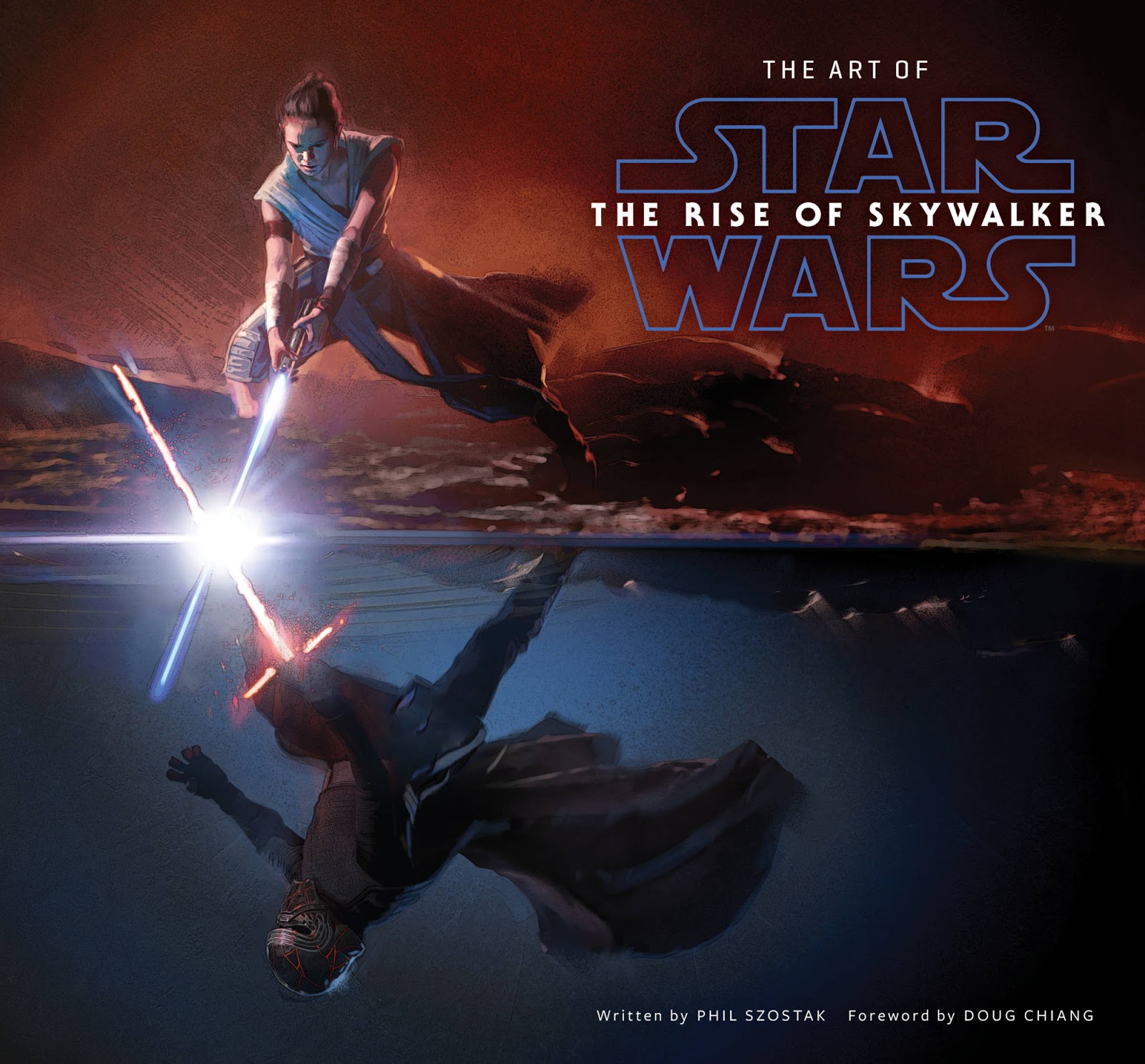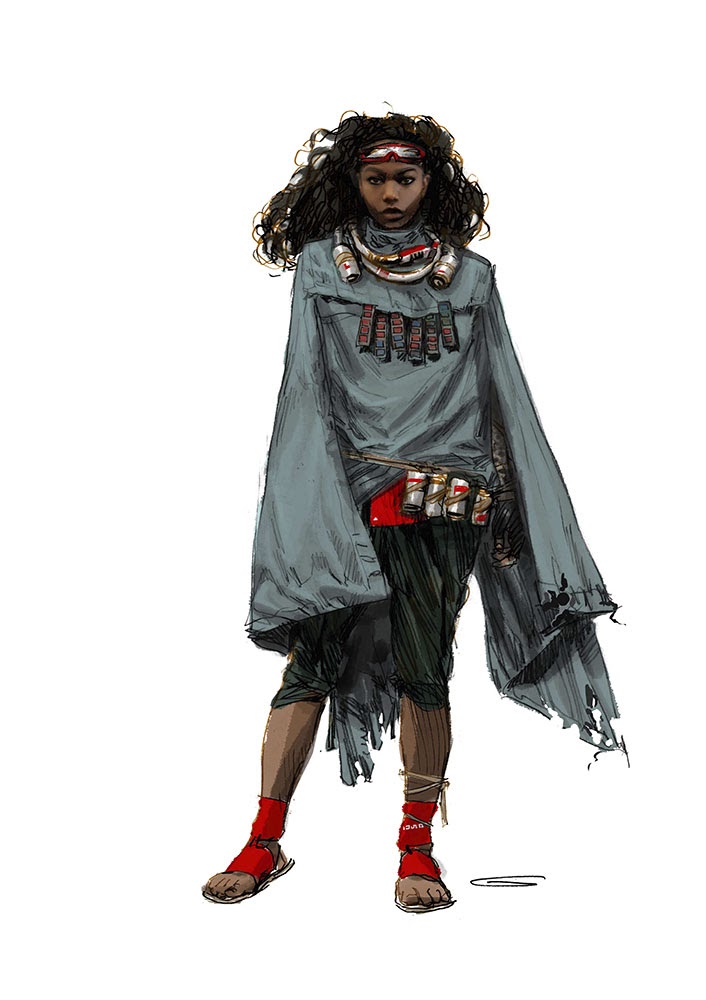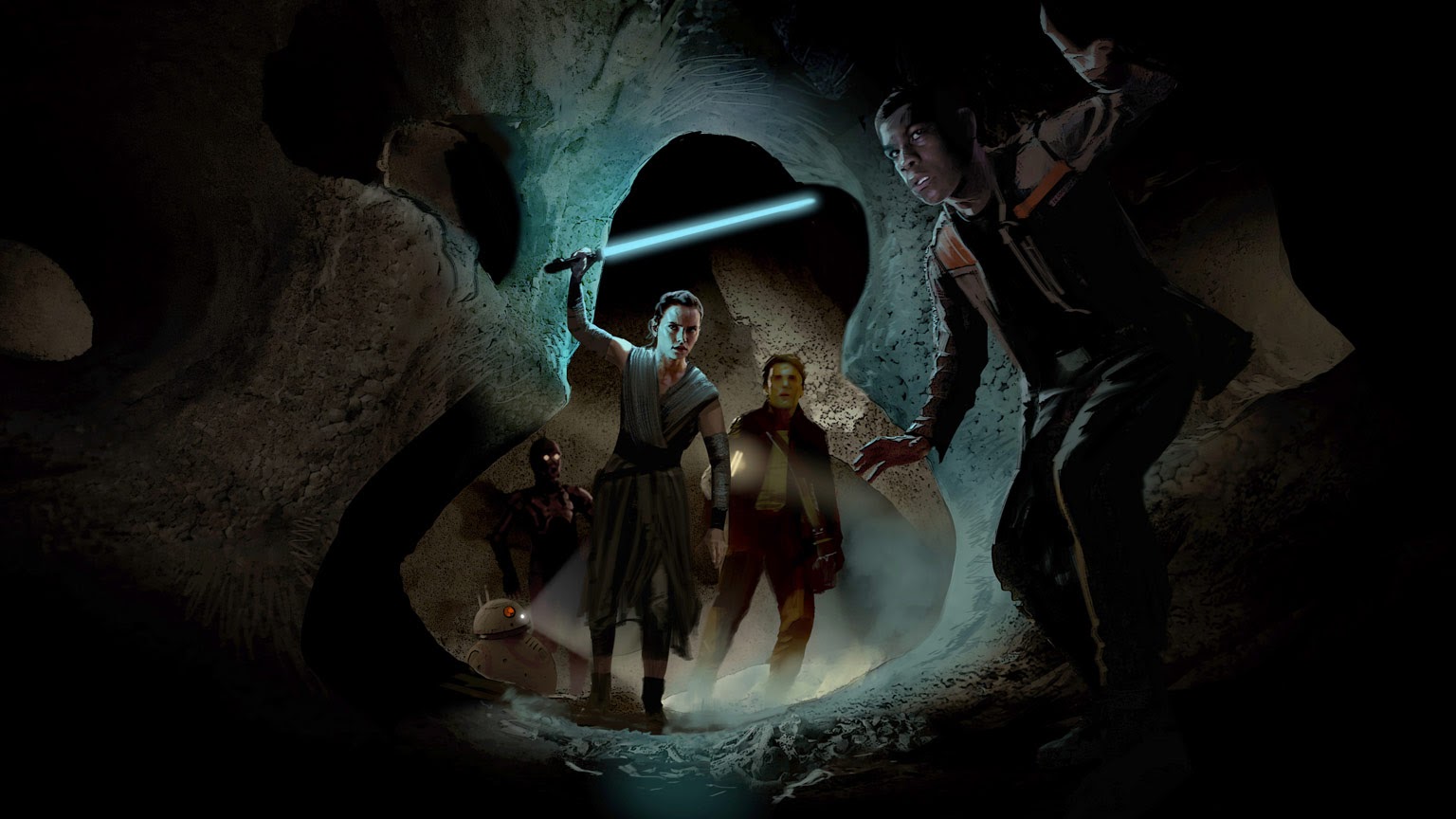Regardless of audience response, the one thing that has held true for each and every Star Wars film over the past 42 years is the vast amount of effort that went into creating them. Thankfully, there has been no shortage of behind-the-scenes material to inform the average consumer and fan about how the Star Wars movies were made across that four-decade timespan.
The Art of Star Wars: The Rise of Skywalker by Phil Stostak is the latest installment of a book series that has covered the original Star Wars trilogy, the prequel trilogy George Lucas created in the late 1990s and early 2000s, the two “Star Wars Stories” anthology films, the recently completed trilogy made under Lucasfilm’s current owner Disney, and even last fall’s impressive Star Wars: Jedi – Fallen Order video game. There’s also an upcoming volume covering the smash hit live-action Disney+ Star Wars series The Mandalorian.
Each of these books contains art generated during its respective film’s development and pre-production stages, enlightening readers as to how certain concepts in the saga evolved from earlier forms into what they finally saw on the big or small screens. The Art of Star Wars: The Rise of Skywalker follows through on that idea in a roughly 250-page hardcover coffee-table-style tome that goes scene by scene through co-writer and director J.J. Abrams’s Episode IX, delivering gorgeous paintings and drawings of vistas and characters familiar for those who saw the movie– among a handful that landed on the cutting-room floor.
The foreword by Lucasfilm executive creative director Doug Chiang sets The Rise of Skywalker and its various designers into the context of the legacy that came before, and the forefathers of Star Wars concept illustration (like the legendary Ralph McQuarrie, Joe Johnston, and Nilo Rodis-Jamero) who set the initial groundwork on which the look of the remainder of the series would be based. Then, in his introduction, author Phil Szostak (The Art of Star Wars: The Force Awakens, The Art of Star Wars: The Last Jedi) provides a background on the chief filmic influences behind George Lucas’s Star Wars and how those inspirations carried over to shape the sequel trilogy under Abrams and The Last Jedi writer/director Rian Johnson.
Speaking of Star Wars: The Last Jedi, this book devotes fifteen pages to the filling in of gaps omitted from that film’s Art of edition– a number of key moments from the second half of the movie left out to avoid the leakage of spoiler material (up to and including the burning of Luke Skywalker’s Jedi temple, Leia’s dramatic Force-fueled space flight, the climactic face-off in Snoke’s throne room, and the final showdown between Kylo Ren and Luke’s Force projection on the planet Crait). And that brings us to The Rise of Skywalker, represented here in narrative chronology beginning with Resistance and First Order characters’ costume designs and sequentially flowing through the events of the story, planet by planet. We see early versions of the Aki-Aki creatures on Pasaana, the lovable single-wheeled droid D-O, and the denizens of the cantina on Kijimi.
One of the more fascinating reveals in The Art of Star Wars: The Rise of Skywalker concerns a six-page spread dedicated to a character identified only as the Oracle, with whom Kylo Ren meets on the planet Mustafar in order to further his quest to track down the resurrected Palpatine. This gruesome multi-legged creature would have bubbled up out of a swamp or lava pit and sometimes in its assorted forms rested on the head of a giant baby. I’m disappointed this sequence didn’t make it into the final film– it’s perhaps a bit further “out there” than we’re used to in Star Wars, but maybe that’s what Episode IX needed to keep it a bit fresher and set it further apart from its well-trodden brethren.
The rest of the book continues along this path, and the artwork collected here is undeniably magnificent. Occasionally we’re treated to glimpses at additional deleted scenes– some of which have been reinserted back into the story via the Expanded Edition Star Wars: The Rise of Skywalker novelization and its accompanying audiobook. My one complaint is that this volume once again leaves out a significant portion of integral moments from the second and third acts of the film– we don’t see anything from Rey’s return to Ahch-To or the design of Palpatine’s lair on Exegol– two pivotal scenes about which I was extremely curious to learn more. Considering the book was delayed to be released more than three months after the movie’s debut in theaters, you’d think they could have included these moments without fear of spoiling them. Will we see the absent art end up somewhere in the future, and considering the sequel trilogy is over and done with, where?
Still, The Art of Star Wars: The Rise of Skywalker continues the tradition of chronicling Lucasfilm’s pre-production process exceptionally well- though also completely missing is any reference to or concept art from Episode IX’s previous iteration as Colin Trevorrow’s Duel of the Fates. This book, like its many predecessors, is likely already a shelf-mate in the collections of most hard-core Star Wars fans, and ultimately provides yet another essential peek behind the curtain of the unfathomable effort that goes into creating A Galaxy Far, Far Away.
The Art of Star Wars: The Rise of Skywalker is now available wherever books are sold.





